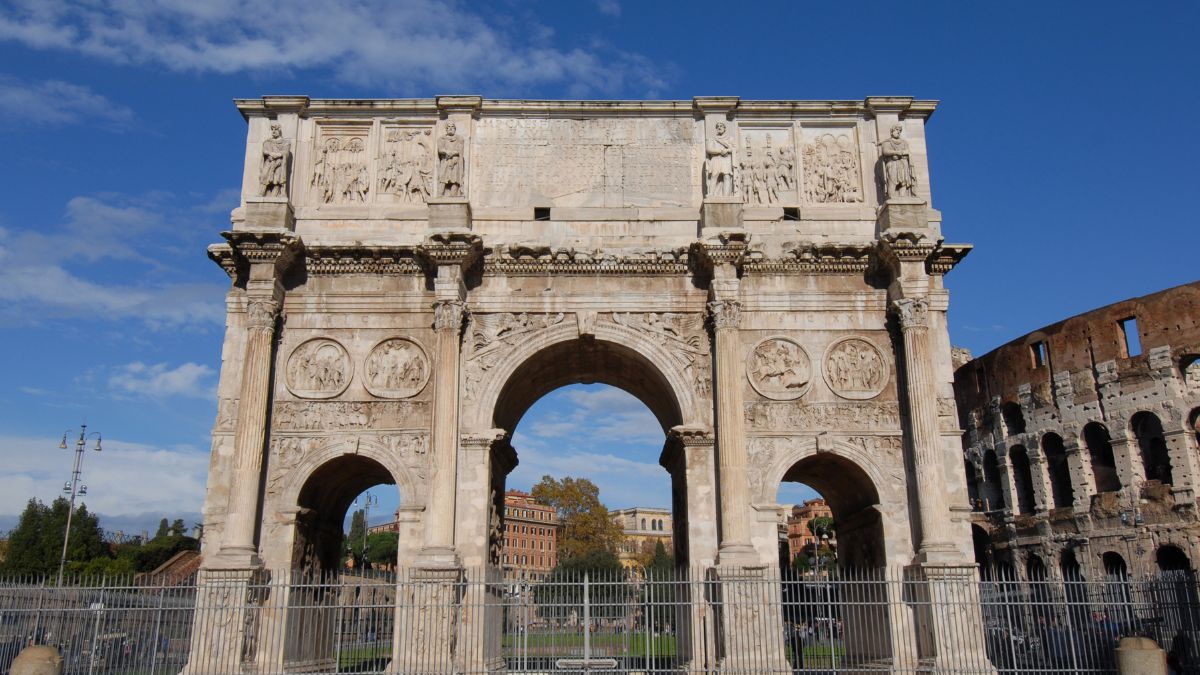Kalidasa (Classical Sanskrit Literature)
Kalidasa (Classical Sanskrit Literature)
Emperor Constantine the Great – Roman Empire

Emperor Constantine the Great – Roman Empire
In the annals of history, few figures shine as brightly as Constantine the Great, the first Roman emperor to convert to Christianity. His reign, from AD 306 to 337, marked a watershed in the annals of the Western world, a saga of power, faith, and transformation that still echoes through the corridors of time, inspiring awe and reverence.
Imagine, if you will, the Roman Empire at the dawn of the 4th century—vast, powerful, yet teetering on the brink of internal strife and external threats. Into this world of turmoil and transition stepped Constantine, a man whose vision and fortitude would reshape the empire and influence the course of Western civilization. His journey from a humble beginning in Naissus (modern-day Niš, Serbia) to the pinnacle of Roman power is a tale of intrigue, battle, and divine favor that captivates the imagination.
Constantine’s rise to power was nothing short of meteoric. His father, Constantius Chlorus, was a respected ruler in the Roman Tetrarchy, a system designed to bring stability but instead sowed the seeds of discord. Upon his father’s death in 306, Constantine was proclaimed emperor by his troops. However, the path to uncontested rule was fraught with rivalry and war. It was not until the pivotal Battle of the Milvian Bridge in 312, just outside Rome, that Constantine’s destiny truly unfolded. On the eve of this decisive clash, so the story goes, he saw a vision of the Christian cross in the sky along with the words “In this sign, conquer.” Emboldened by this divine omen, Constantine commanded his soldiers to adorn their shields with the Christian symbol. The ensuing victory was not just a military triumph but a spiritual turning point.
The awe-inspiring moment at the Milvian Bridge set the stage for Constantine’s reign and his profound legacy. In 313, he issued the Edict of Milan, granting freedom of worship to Christians and laying the groundwork for the religion’s spread throughout the empire. This act of tolerance and foresight cannot be overstated; it was a revolutionary decree that would eventually lead to Christianity becoming the dominant faith of the empire and, by extension, the Western world.
Constantine’s vision extended beyond the spiritual realm. He was a masterful statesman and military leader, securing the empire’s borders, revitalizing its cities, and reforming its administration. Perhaps his most enduring legacy is the founding of a new capital, Constantinople (modern-day Istanbul), in 330. Positioned at the crossroads of Europe and Asia, this “New Rome” was a testament to Constantine’s ambition and strategic genius, destined to become a center of Christian scholarship and Byzantine imperial power for over a millennium.
The awe with which one regards Constantine’s life and reign arises not just from his accomplishments but from the profound impact of his decisions on the trajectory of history. He is a figure who bridges the pagan past and the Christian future, whose policies shaped the religious, cultural, and political landscape of the Western world. The story of Constantine the Great is a vivid tapestry of ambition, faith, and transformation—a narrative that continues to inspire and astonish, reminding us of the enduring power of vision and the indelible mark of leadership on the sands of time.